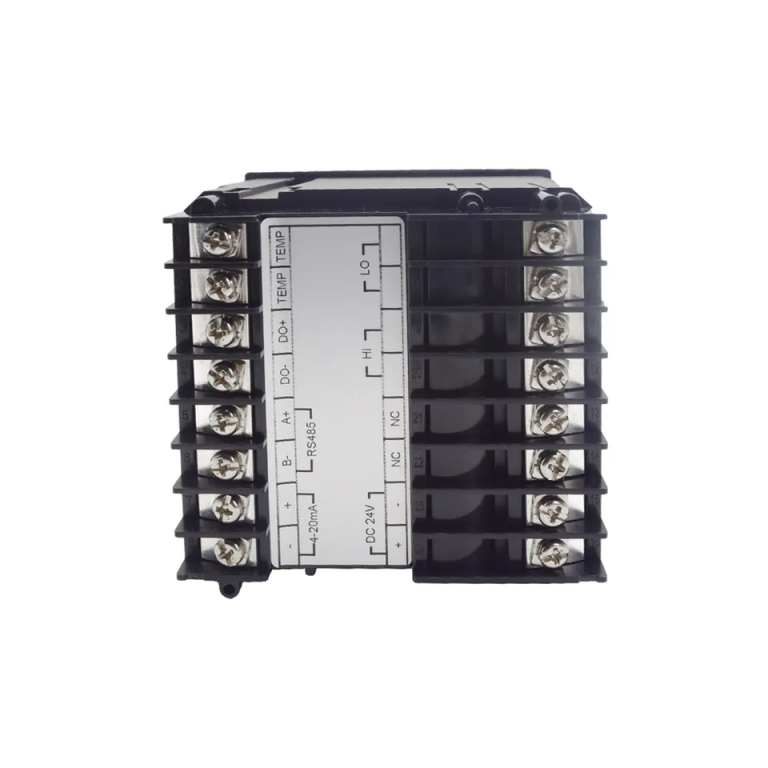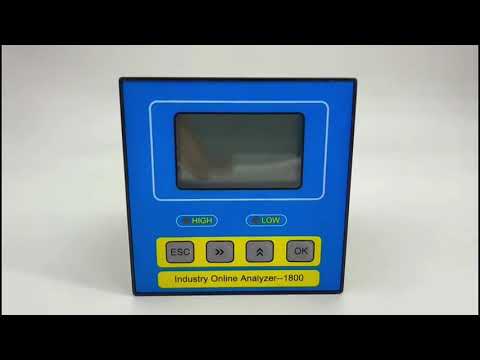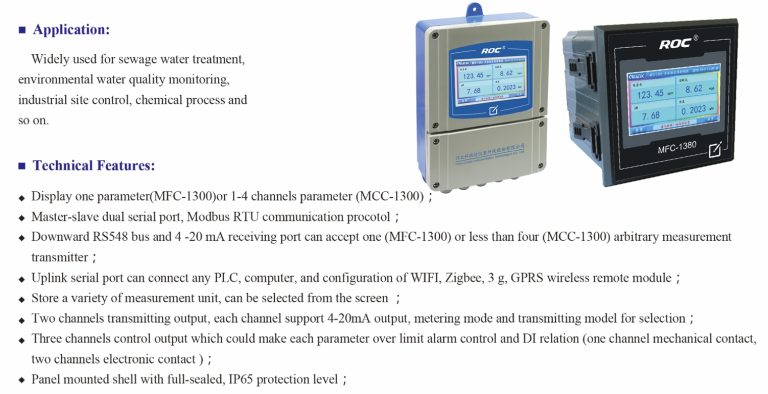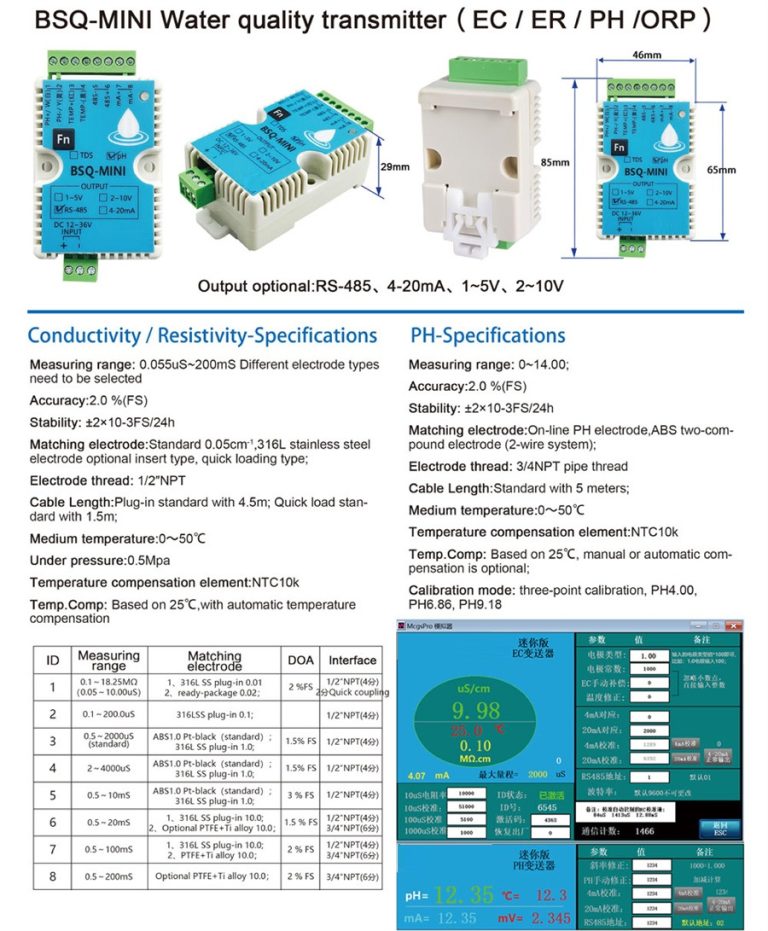Avantages de l’utilisation de transmetteurs de débit à canal ouvert dans les systèmes de gestion de l’eau
Modèle
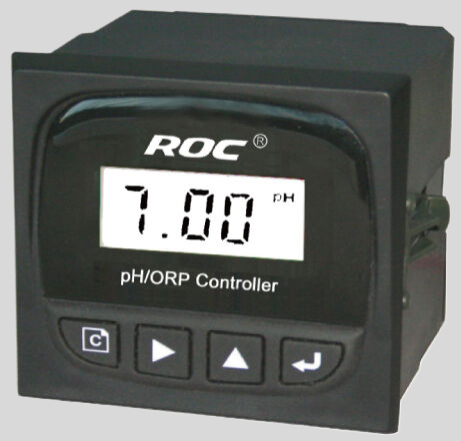
Contrôleur de conductivité/résistivité EC-810
| Plage | 0-200/2000/4000/10000uS/cm |
| 0-20/200 mS/cm 0-18,25 MΩ | Précision |
| Conductivité : 1,5 pour cent ; Résistivité : 2,0 pour cent (FS) | |
| Temp. Comp. | Compensation automatique de température basée sur 25℃ |
| Opéra. Temp. | Normal 0~50℃ ; Haute température 0~120℃ |
| Capteur | 0,01/0,02/0,1/1,0/10,0cm |
| Affichage | Écran LCD-1 |
| Sortie actuelle | Sortie 4-20mA/2-10V/1-5V |
| Sortie | Contrôle de relais double limite haute/basse |
| Puissance | AC 220V±10 pour cent 50/60Hz ou AC 110V±10 pour cent 50/60Hz ou DC24V/0.5A |
| Environnement de travail | Température ambiante :0~50℃ |
| Humidité relative≤85 pour cent | Dimensions |
| 96×96×100mm(H×W×L) | |
| Taille du trou | 92×92mm(H×W) |
| Mode Installation | Intégré |
Video Player 00:00 00:00 |
Embedded |
In conclusion, open channel flow transmitters are essential tools for water managers seeking to effectively monitor and manage water flow in open channels. These devices provide real-time data on flow rates, accurate measurements of water quality, and versatile applications in a variety of settings. With their ease of installation and maintenance, open channel flow transmitters offer a cost-effective solution for water management systems. By utilizing open channel flow transmitters, water managers can make informed decisions that protect water resources and ensure the safety and well-being of communities.

